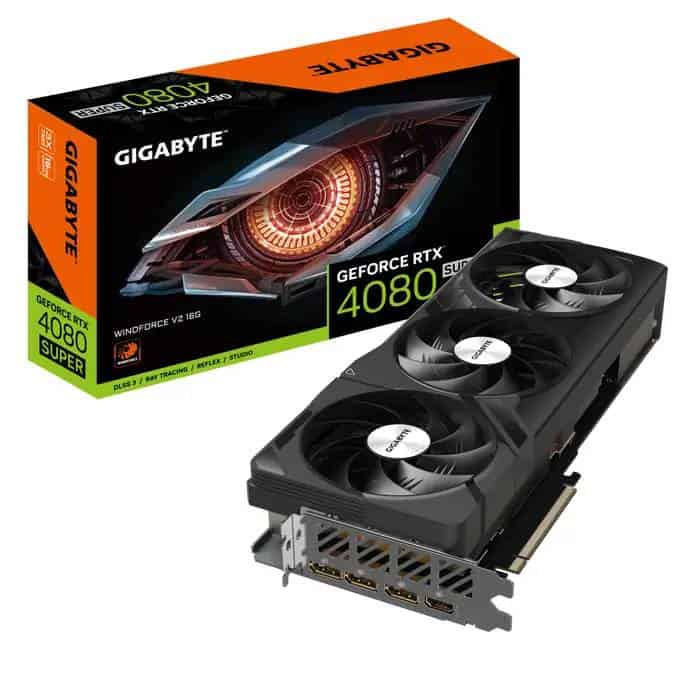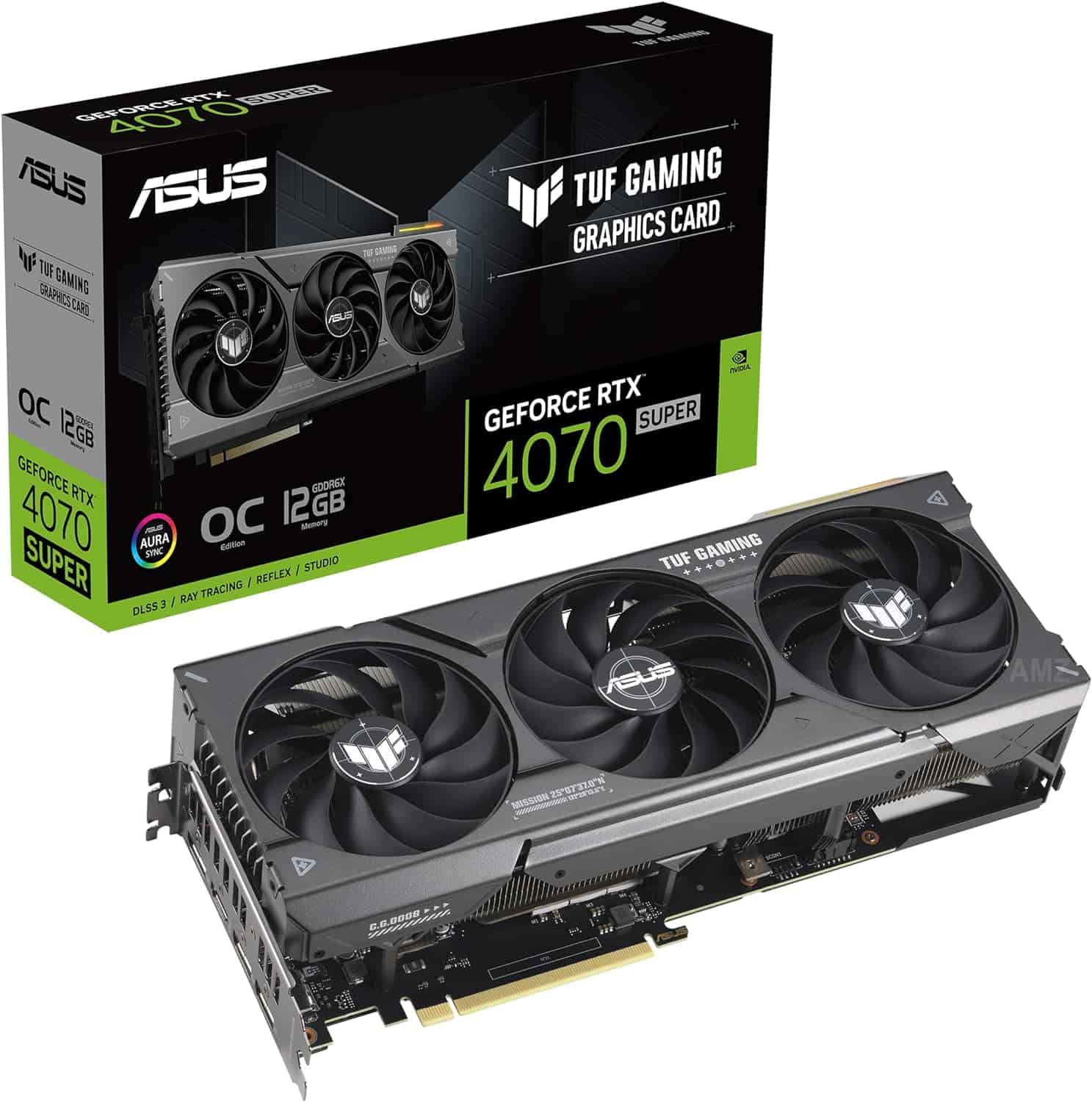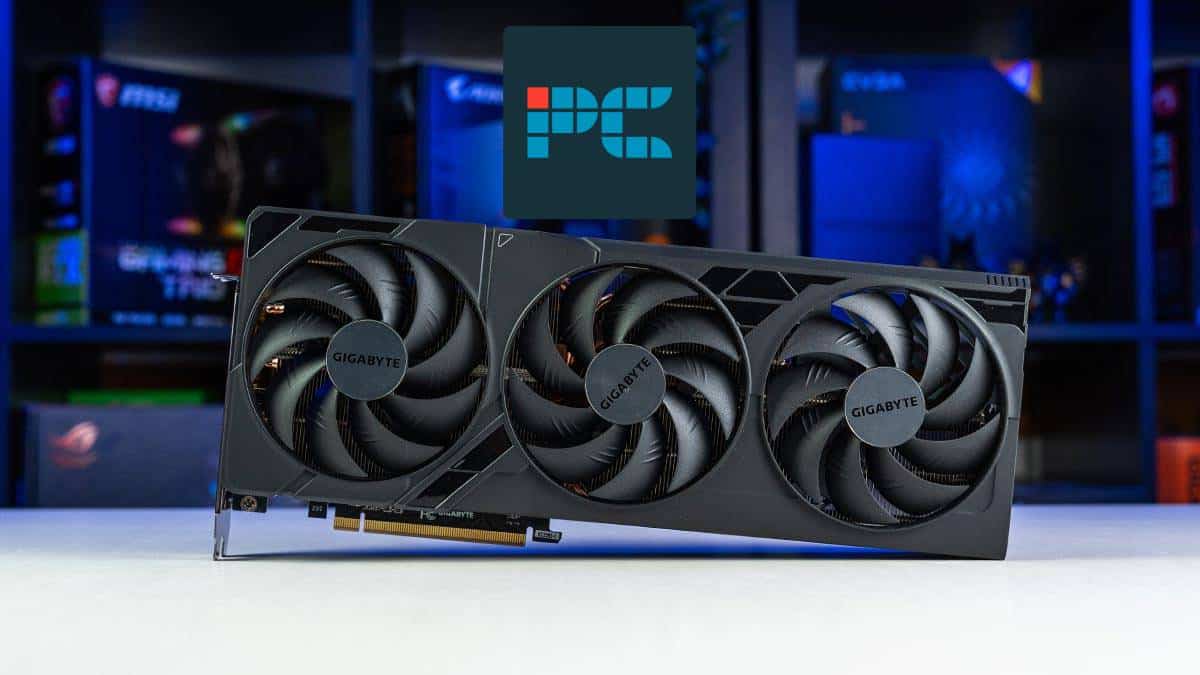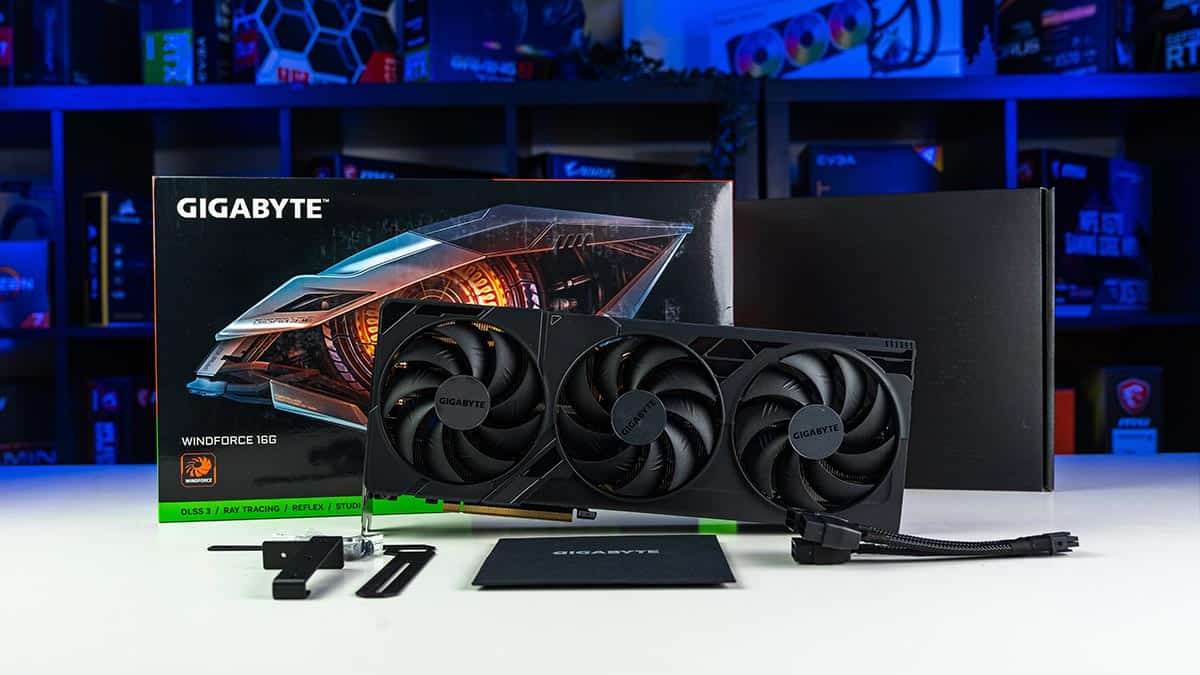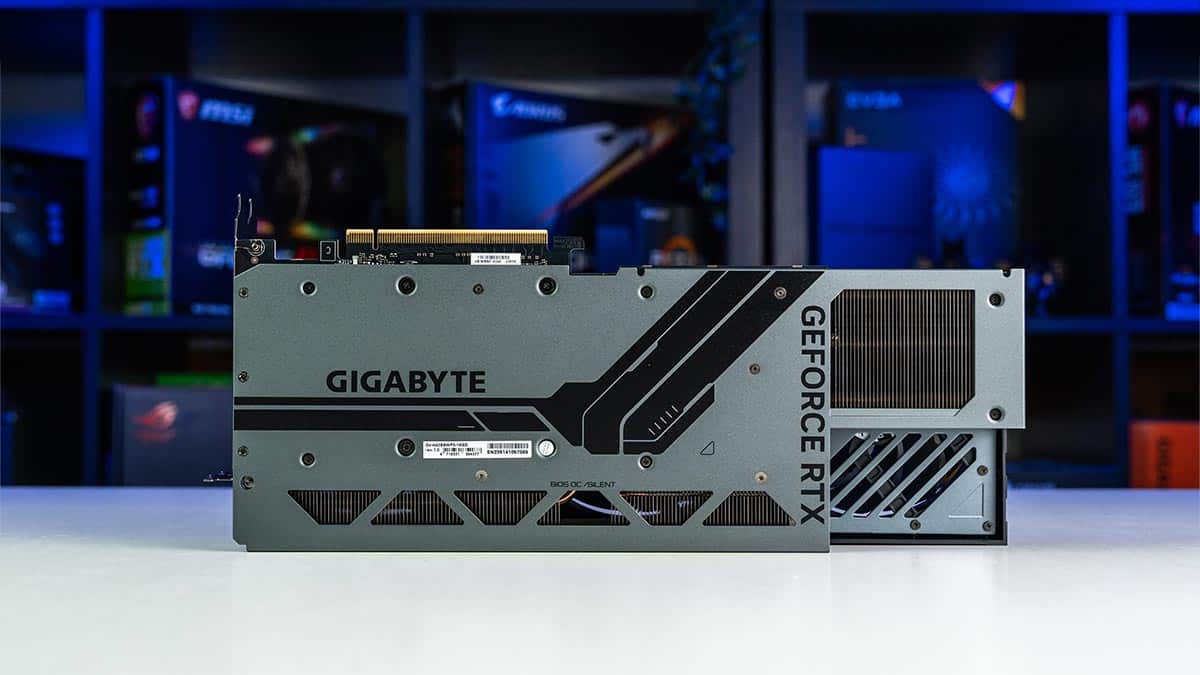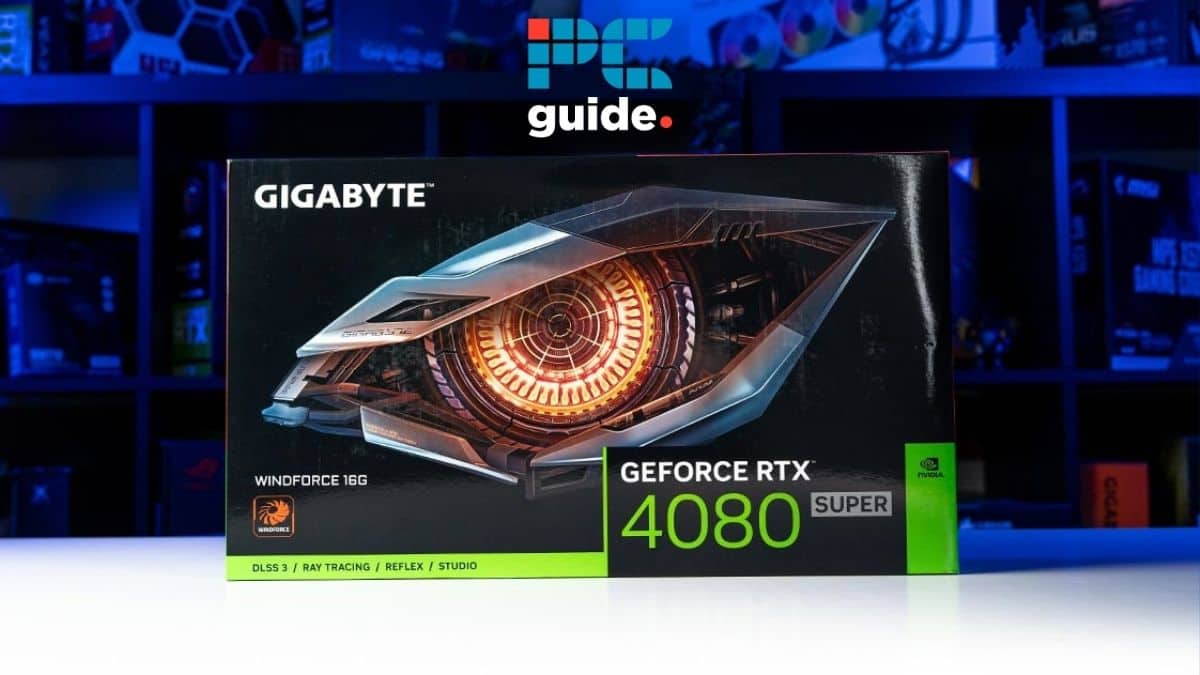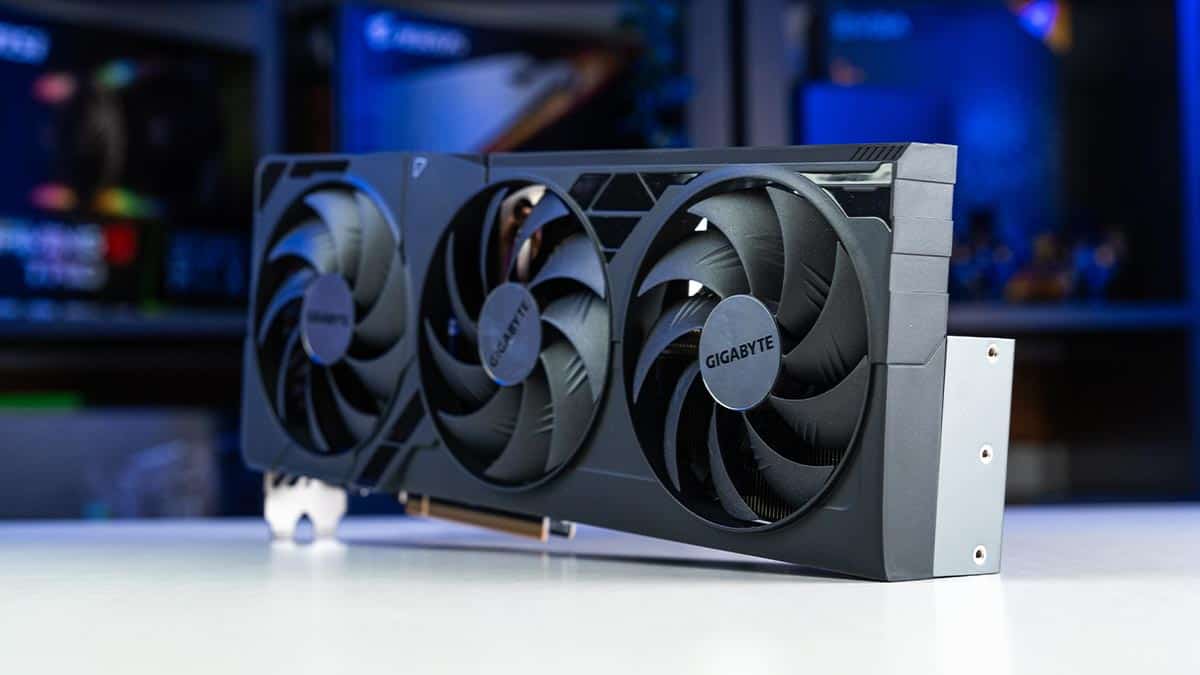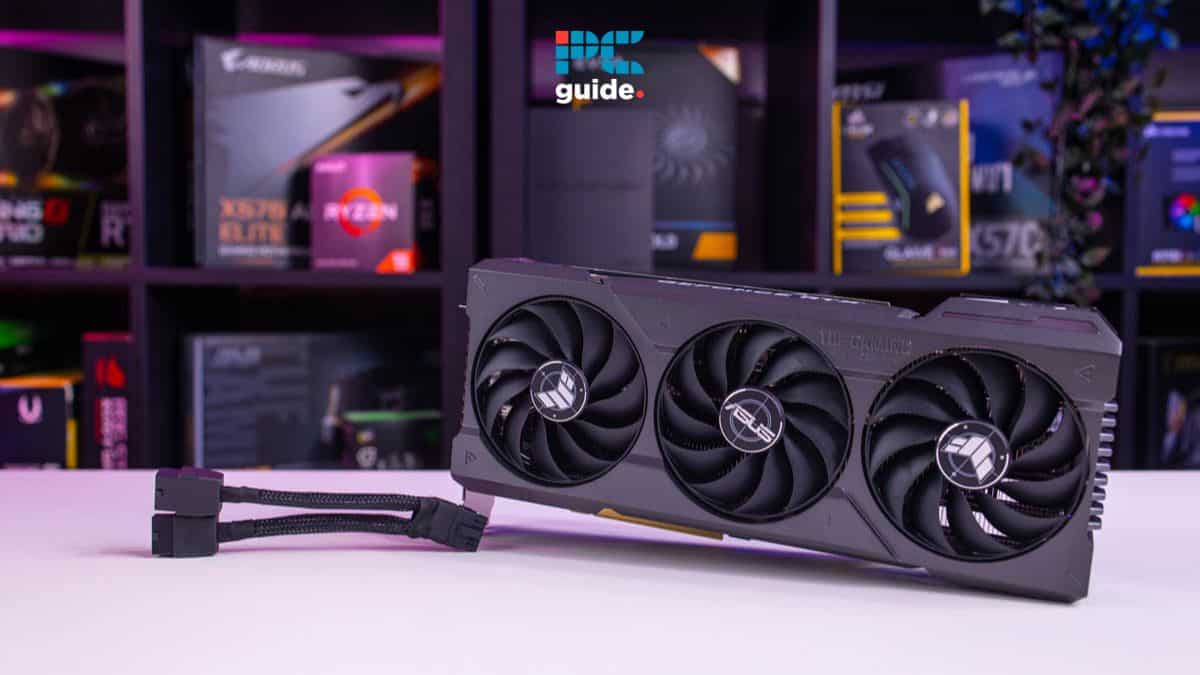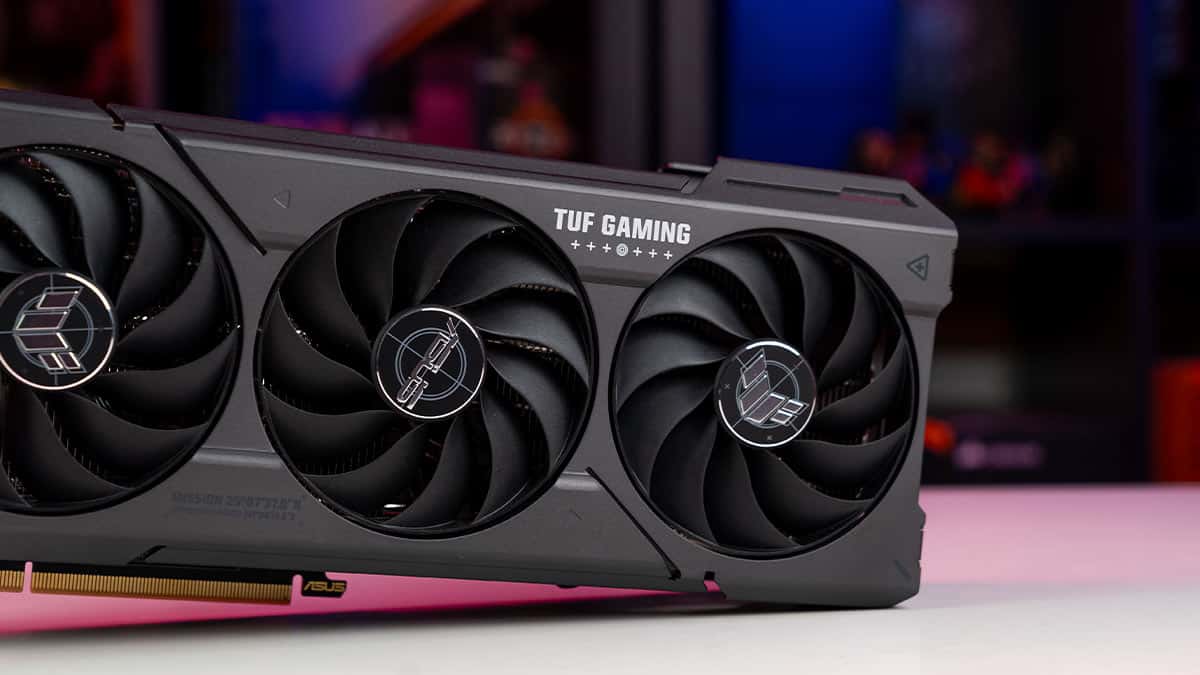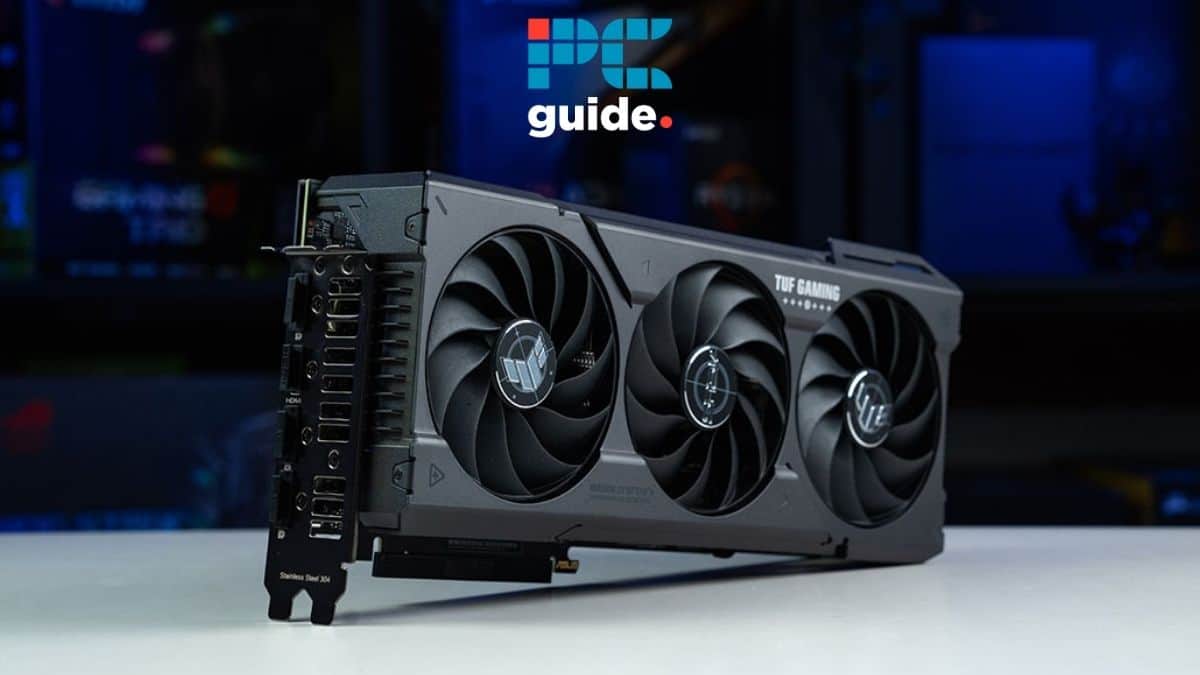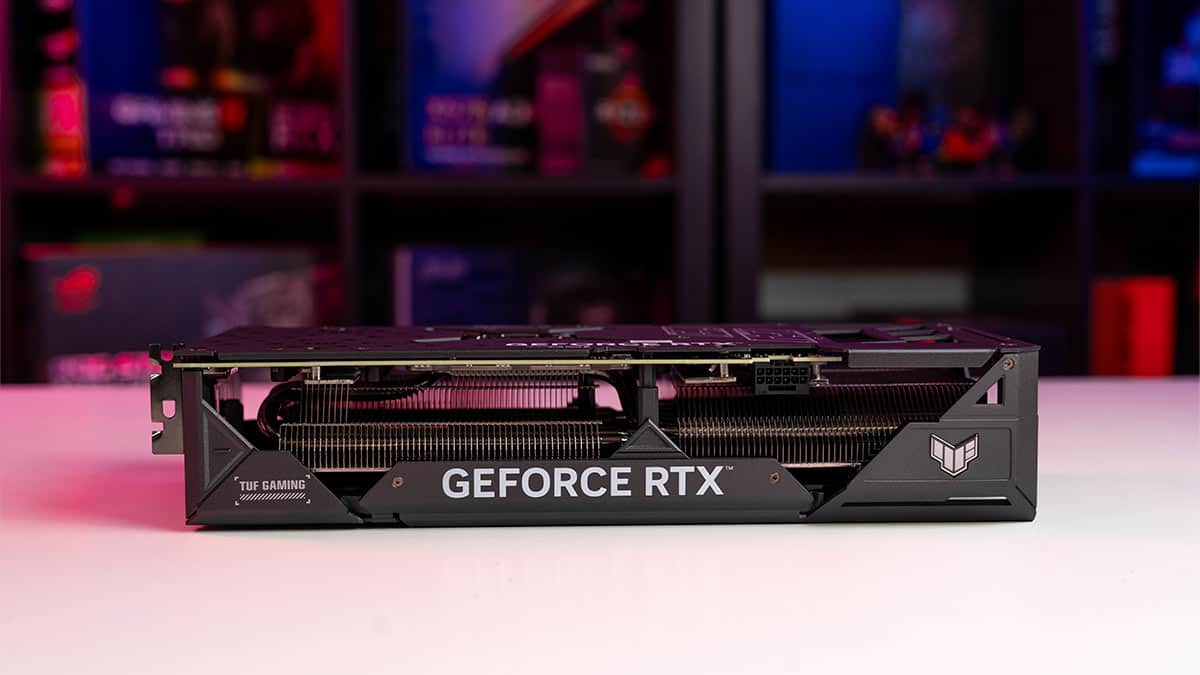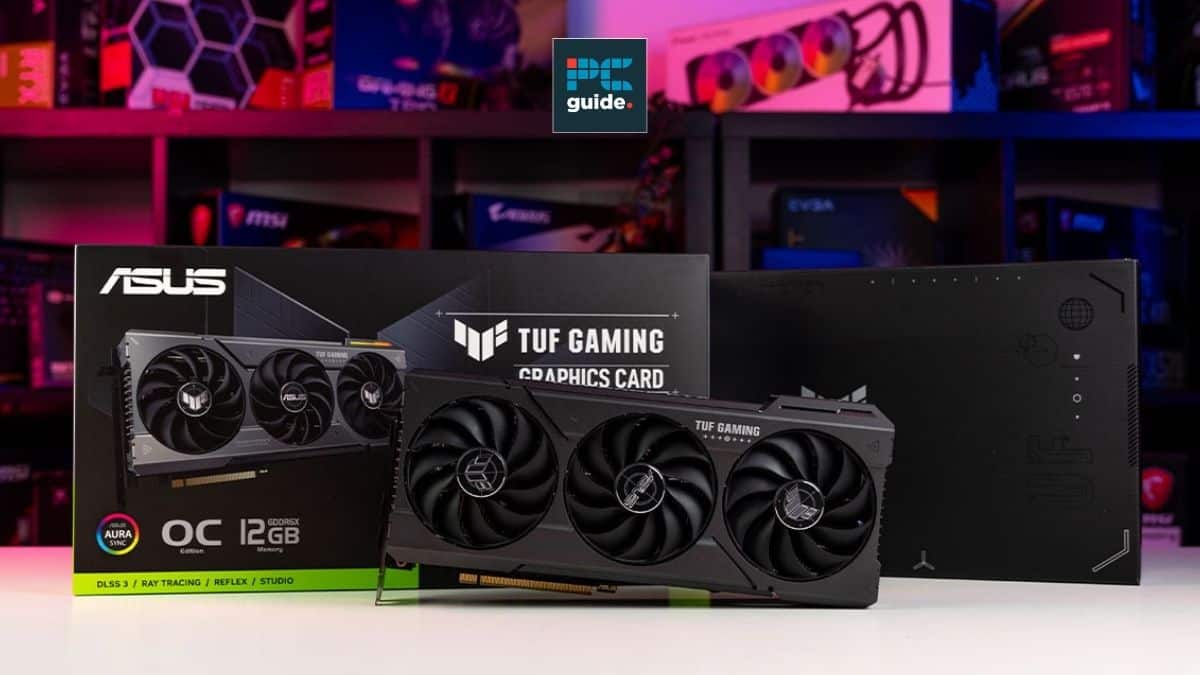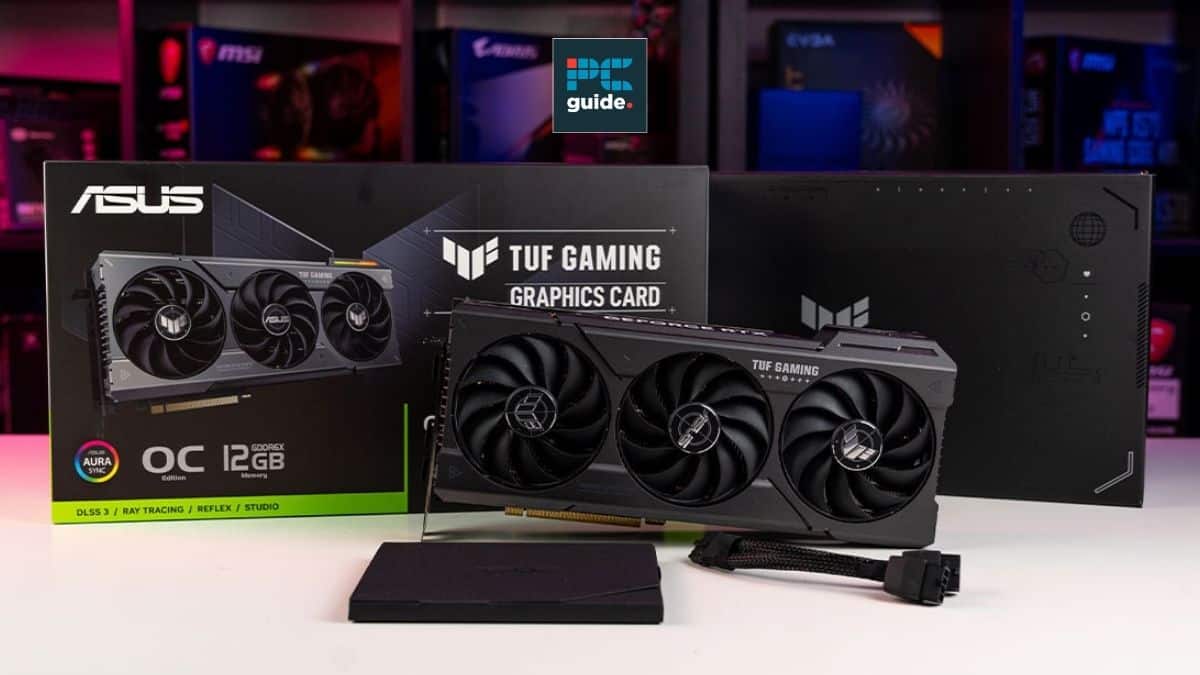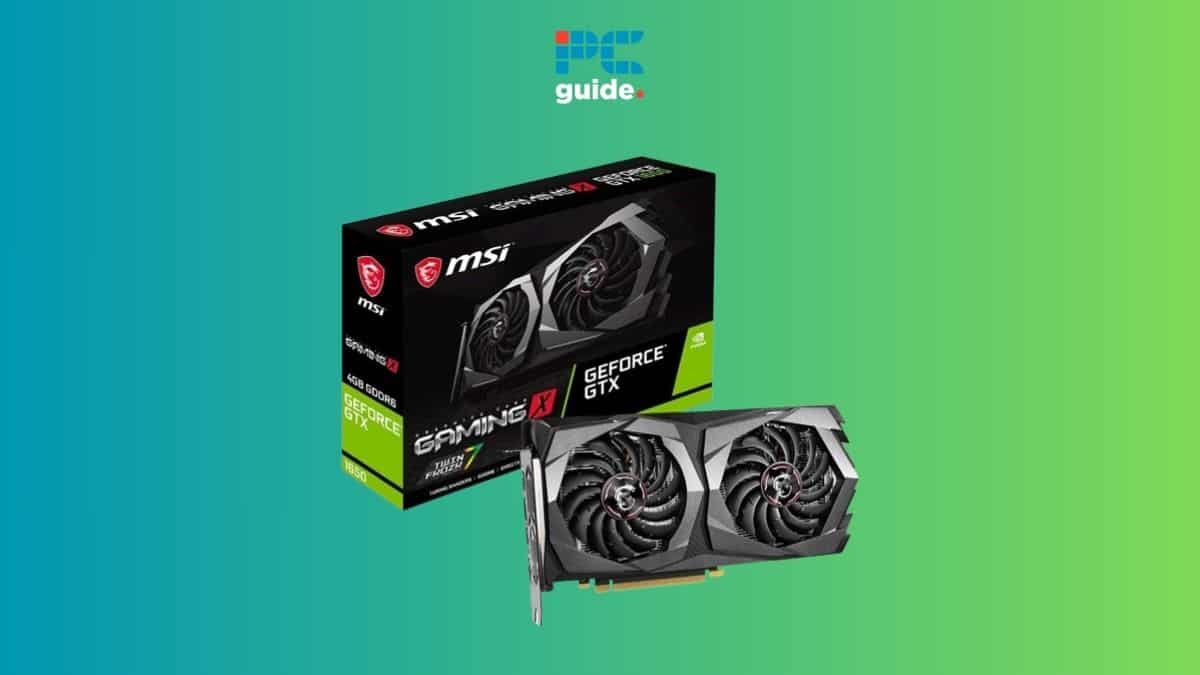The First Descendant is a third-person looter shooter, but the main thing to focus on is that it’s a shooting game. This means that high FPS, low system latency, and good graphics are a must to thoroughly enjoy this game, as you don’t want to be taking hits because your GPU can’t handle it, resulting in the game stuttering and suffering from frame drops.
However, we understand that selecting a single GPU from an ocean of options can be confusing and challenging. To that end, we used our expertise to do the research for you and put together this in-depth guide. You’ll find multiple options in this guide, along with their reviews, details, and pros and cons to help you make an informed decision.
-
Best GPU for The First Descendant overall
AMD Radeon RX 7800 XT
- GPU: Navi 32
- Stream Processors: 3,840
- VRAM: 16 GDDR6
- Memory bus width: 256-bit
- Bandwidth: 624.1 GB/sec
- Base clock speed: 1,295 MHz

-
Best high-end GPU for The First Descendant
Gigabyte RTX 4080 Super Windforce V2
- GPU: AD103
- CUDA Cores: 10,240
- VRAM: 16GB GDDR6X
- Bandwidth: 736.3 GB/s
- Memory bus width: 256-bit
- Base clock speed: 2295 MHz

-
Best mid-range GPU for The First Descendant
ASUS TUF Gaming RTX 4070 Super OC Edition
- GPU: AD104
- CUDA cores: 7,168
- VRAM: 12GB GDDR6X
- Bandwidth: 504 GB/s
- Memory bus width: 192-bit
- Boost clock speed: 2595 MHz

How we picked
We researched the market and found various options from Nvidia and AMD. We filtered those options based on their price, compatibility, performance, and other features, such as DLSS and FSR.
In addition, we also conduct rigorous in-house testing of the cards. This gives us insight into how they’ll perform across various scenarios, whether in gaming or professional tasks. We’re always updating our list with the latest information, so if there are better pairings than these, we’ll be sure to update them, so check back with us. If you’re interested in learning about our testing process, head over to the PC Guide Testing lab for more details.
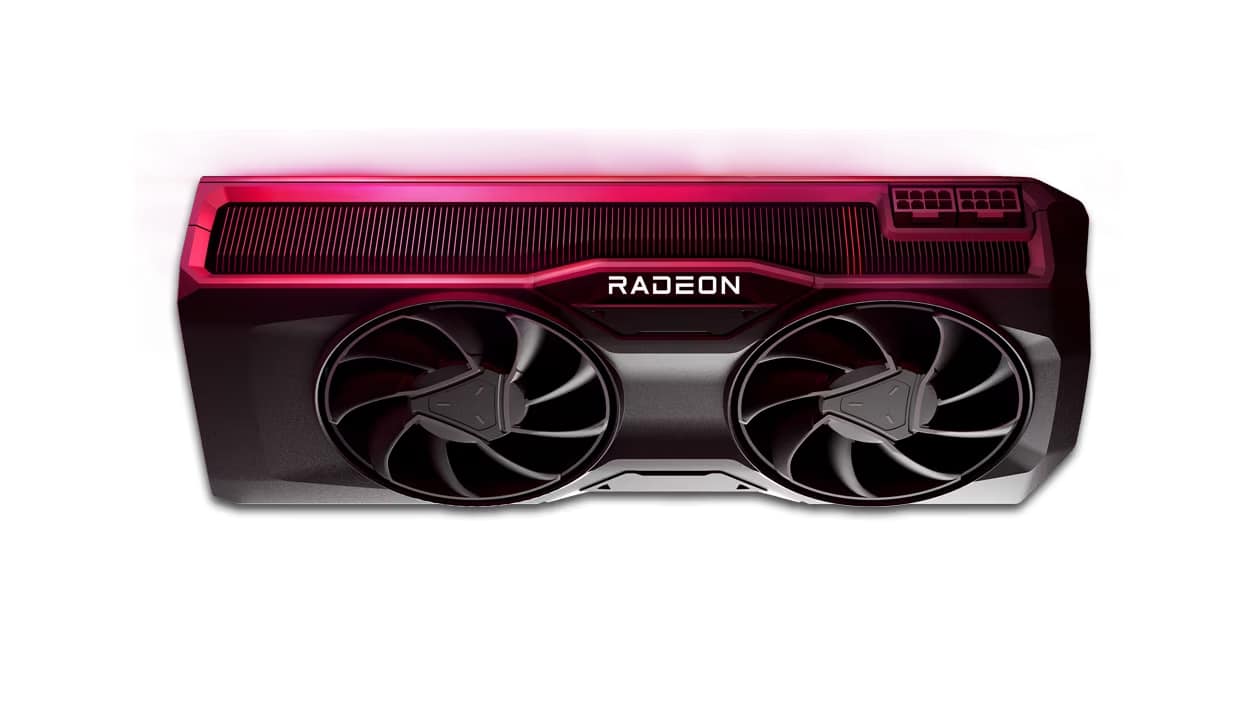

- Excellent performance at 1440p
- It comes at a relatively affordable price point
- It has 16 GB of GDDR6 VRAM
- It’s not the best card for 4K gaming
- It’s performance is lacking for creative purposes
After reviewing all the available information, we concluded that the RX 7800 XT is the best GPU for this title. When we tested its performance for our RX 7800 TX review, its signal strength and speed didn’t disappoint.
For starters, this GPU features 3,840 stream processors, a game clock of 2,124 MHz, a boost clock of 2,430 MHz, and 60 Ray Accelerators. These specifications mean that it packs enough hardware to handle shooter games like The First Descendant at various resolutions.
On top of that, it has 16 GB of GDDR6 VRAM with a 256-bit memory interface and 64 MB of AMD Infinity Cache technology. What this means is that you should be able to play around with various graphical settings without worrying about running out of memory. The memory interface should also help smooth things out by allowing for lanes through which the data can travel to and from the GPU for processing.
If you’re wondering what the AMD Infinity Cache is, it’s a technology that temporarily allows frequently accessed data to be stored on the GPU memory. This is good because the GPU doesn’t have to request that data from the CPU, taking some load away from the processor, and can access the elements directly, leading to lower access time, efficient processing, and better in-game results.
It may not lead in terms of its productivity performance, but those after a pure graphics card for gaming will be very happy with what this one can do.
PC Guide
So we can see that this GPU is loaded with new technologies and better hardware than the recommended GPUs, RTX 2060 and RX 5600 XT, and it should undoubtedly outperform them as well.
During our testing, we put the RX 7800 XT through its paces against titles of different natures like Rainbow 6 Siege, a fellow shooter game, F1 23, and Cyberpunk 2077. In R6S, it managed 426, 282, and 133 FPS at 1080p, 1440, and 4K, respectively.
For the other two titles, it delivered 107, 74, and 39 FPS in F1 23 and 140, 91, and 39 FPS in Cyberpunk 2077 at the same three resolutions. So, it has more than decent performance in all titles, with 4K taking a hit in more demanding games. However, one thing to note is that our tests are done natively, so these numbers can be higher if we leverage technologies like FSR.
That said, 1440p seems to be the sweet spot for this card, and AMD dubs it “the ultimate upgrade for 1440p gaming.” However, it is capable of pushing 4K, and you should be able to play The First Descendant in high-definition. However, you might have to use software enhancements, as new titles these days aren’t well-optimized.
As for its power draw, AMD recommends a 700W PSU as it has a typical board power of 263W. This number can fluctuate depending on whether you’re overclocked or undervolted the GPU. What this means is that there will most likely be a good amount of thermal output, and for that, we recommend bolstering your PC case with the best 140mm case fans for adequate cross ventilation.
Overall, this GPU is a solid option for gaming at different resolutions, as showcased in our review. However, if you want the most efficient setup, we recommend pairing it with one of the best CPUs for RX 7800 XT.
What users say
According to Amazon reviews, this graphics card stays cool, delivers excellent performance, and is capable of ultra-resolution gaming. One reviewer said: “It really improved my fps and allowed me to run at ultra graphic settings on Helldivers (37fps-118fps, cyberpunk(45fps-144fps), and fallout 76(na-60fps).”

- GPU: AD103
- CUDA Cores: 10,240
- VRAM: 16GB GDDR6X
- Bandwidth: 736.3 GB/s
- Memory bus width: 256-bit
- Base clock speed: 2295 MHz
- Boost clock speed: 2550 MHz
- It has an excellent 4K performance
- It costs less than the RTX 4080
- It has better performance than the RTX 4080
- It comes with a heavy price tag
For the best visual experience, we recommend the RTX 4080 Super. Not only is it the second-best card from Nvidia, but during our RTX 4080 Super review, it performed stellarly in gaming and synthetic benchmarks.
In a looter shooter game like The First Descendant, which is made on UE5, it would make sense that you want to max out the graphics for serene visuals while getting high FPS so you don’t miss those crucial headshots. That said, the recommended RTX 2060 and RX 5600 XT most likely won’t be able to deliver at that level, especially if you’ve turned up all the settings.
The RTX 4080 Super packs powerful hardware under the hood, like 10,240 CUDA cores, a 2.55 GHz boost clock, a 2.29 GHz base clock, and 121 TFLOPs of Ray Tracing cores. What this translates to is excellent in-game performance, regardless of the title you put in front of it.
In addition, it has 16 GB of GDDR6X VRAM with a 256-bit memory interface, meaning large amounts of data can seamlessly travel to and from the GPU for fast and efficient processing without running into bottleneck issues. This also helps this graphics card deliver excellent in-game performance.
The RTX 4080 Super confidently replaces any reason to ever go out and buy the base RTX 4080.
PC Guide
We tested it in various titles, such as The Finals, an FPS game, and Avatar: Frontiers of Pandora, to gauge how it handles games with varying demands. To no one’s surprise, it managed to deliver 119 and 95 FPS at 1440p and 4K. The Finals at Epic settings saw an average FPS of 189 and 99 at the same resolutions.
So, considering these native results, we can see that this card has no issue pushing 4K and will most likely make quick work of The First Descendant at 1080p, 1440p, and 4K.
While it might not be the most pocket-friendly card, we need to consider its performance. It should also be able to help you with professional workloads, as its synthetic results were equally impressive.
On top of that, if you want to enhance your in-game experience, it supports Nvidia technologies like Reflex and DLSS. Reflex should come in handy in a shooting game as it lowers the system latency, meaning your clicks are registered and shown on the screen quickly. At the same time, DLSS can take the framerates to the next level, which is great if you have a high refresh rate monitor.
Overall, this card is a gaming beast and a worthwhile investment. You should be able to run titles released in the coming years without needing an upgrade. Just ensure that you’re using the best PSU for RTX 4080 Super, as it is a power-hungry card.

- GPU: AD104
- CUDA cores: 7,168
- VRAM: 12GB GDDR6X
- Bandwidth: 504 GB/s
- Memory bus width: 192-bit
- Boost clock speed: 2595 MHz
- It has better value for money
- It is capable of pushing 4K
- It blows the RTX 2060 out of the water
- Depending on the partner, it could cost more
- It still uses a 16-pin adapter
The RTX 4070 Super is a great card. As seen in its review, its top-notch performance outperforms the base model and sits firmly in the middle of the RTX 4070 family. So, if you were looking for a mid-range card capable of punching above its weight, this card is the one to go for.
To begin with, it has 7,168 CUDA cores, a whopping 4,992 more than the recommended RTX 2060, meaning it shouldn’t have any issues dealing with the graphical demands of The First Descendant.
In addition, it has a 2.48 boost clock and a 1.98 base clock, which can be increased for faster processing, but it will also increase its power draw and thermal output. Running your GPU for extended periods with high-overclocked settings can damage it, so only do this if you have the proper tools and expertise. We also recommend using the best PSU for RTX 4070 Super to ensure your system and GPU are getting the proper amount of power.
The RTX 4070 Super is a powerful mid-range graphics card that packs in more under the hood than the original without raising the price.
PC Guide
The RTX 4070 Super’s 12 GB of GDD6X VRAM with a 192-bit memory interface should also help deliver good and seamless in-game results. We checked this card’s performance in the same titles as the RTX 4080 Super.
In Avatar: Frontiers of Pandora, it managed 117, 80, and 60 FPS at 1080p, 1440p, and 4K, while The Finals had better results with 256, 150, and 73 FPS in the same three resolutions. So, despite being a mid-range card, it is more than capable of handling 4K gaming, and we haven’t even turned on DLSS for these tests, so there is that as well.
This should give you an idea as to the level of performance this card is capable of. However, keep in mind that The First Descendant was released just a couple of days back, and modern games aren’t as optimized. So, its in-game performance should improve when patches and game fixes are released.
That said, there is no doubt about this GPU’s performance, and it is one of the best cards you can get if you don’t want to spend a fortune on high-end AMD or Nvidia cards.
What users say
According to Amazon reviews, this card is a “beast” due to its gaming performance, quiet operation, and build quality. One reviewer said: “The performance on this gpu is unmatched for its price, I can consistently get 300 fps on medium graphical settings in rainbow six siege,” followed by, “If you are in a budget but are wanting a higher end component I would definitely go for it.”
How to choose the best GPU for The First Descendant
Selecting a GPU for any game, task, or processor sounds like a simple task, but a handful of factors come into play, and ones you need to consider before making a decision. Spending your money on the most decked-out options isn’t wise, as unless you have an enthusiast build, you won’t need all that firepower. So, to help you make an informed decision, we’ve listed some of the factors below.
System requirements and performance
The first aspect you need to look at is the game’s system requirements. You can do so by visiting the game’s website, the Steam page, or any other platform the game might be on, such as the Epic Store.
You’ll see minimum and recommended specifications, but they generally refer to old components that you’ll have to buy used. That said, it should give you an idea of how the game will perform with those components, and you can always opt for newer and better hardware that delivers better performance.
For example, the recommended GPU for this game is the RTX 2060 or the RX 5600 XT. So, if you opt for an RTX 3070 or RTX 4070, both of which we’ve reviewed, or the RX 7700 XT, you should get top-notch in-game results without burning a hole in your pocket, and they’d be able to handle other games as well—win-win situation.
Budget
While everyone wants to run their games in high-definition and get 100+ FPS, the GPUs that are capable of doing that cost a premium, and this is where you need to consider your budget and what it allows you to purchase.
For example, you only want a GPU for shooter games like The First Descendant, which are relatively less demanding than story-based games. So, a card like the RX 7800 XT should be more than enough to handle it, but going for an RTX 4090 wouldn’t make sense as it would be overkill unless you plan on using it for professional work or have a 4K setup.
So, filter the options based on your budget and opt for a GPU that offers the best blend between performance and value.
Ambient temperature
Most people don’t consider the ambient temperature a crucial factor. Modern GPUs are remarkably powerful, but that power comes at the cost of a high TDP and thermal output. So, if you’re going to opt for a high-end GPU and live in a hot region, the base temperature of the GPU will automatically be high.
What this means is that you’ll have to invest in a robust cooling solution to keep your components running cool and avoid thermal throttling.



